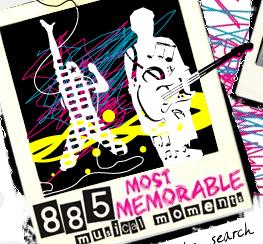 [ image courtesy of djwudi / Flickr ]
[ image courtesy of djwudi / Flickr ]Google has been rumored for some time to be pursuing a mobile phone strategy of sorts. Word this week on the CNET News Blog is that a Taiwanese manufacturer is getting started on the production of an alleged unit that uses a Google operating system.
Many other handsets/operating systems utilize some Google apps [like the iPhone and Google Maps] but none have a complete OS from the search giant.
How this will play into the announcement earlier this week of Steve Jobs opening the iPhone up for developers remains to be seen.
All of this is infinitely complicated by the nature of mobile devices. When people design software for computers, there are three primary platforms to which they cater: Windows, Mac, or Linux. The same goes for designers of websites; they encounter MS Internet Explorer, Firefox, Safari, and Opera. If you take the number of mobile devices and multiply that by the number of mobile service providers, and you can begin to see why companies like Apple and Google have waited this long to jump into the game.
The content is getting better, and the computing power of the devices are on the increase, but the fact still remains that there are about 1,500 different handsets in use worldwide. [!]
.










